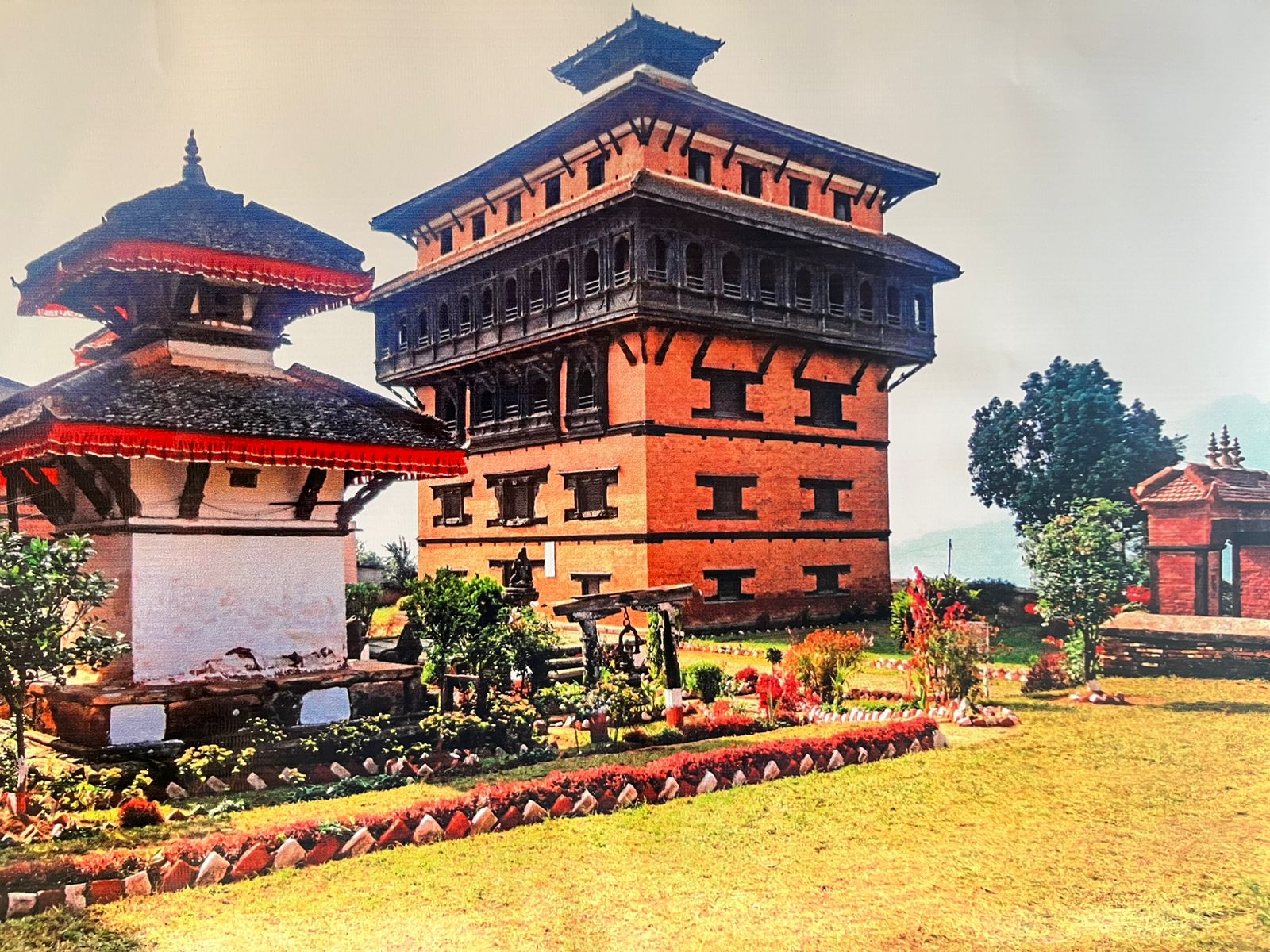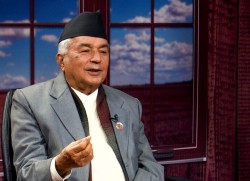Nepal

A Chinese technical team has arrived in Nuwakot to rebuild the seven-storey palace and other structures of religious and archaeological importance. The historic palace was damaged by the devastating Gorkha Earthquake in 2015.
The team has started a technical study on the palace premises located in Bidur Municipality-2 to rehabilitate seven structures, including the palace. The Chinese government had taken responsibility for the project.
According to Arjun Phuyal, chief of the Nuwakot Palace Conservation Office, a Chinese team comprising about 20 technicians has studied the condition of the palace's foundation, walls and roof.
Phuyal said that the Department of Archeology and the Chinese Academy of Cultural Heritage had agreed to complete the project in 45 months as per the deal between Nepal and Chinese governments on the rehabilitation of the structures.
"The Chinese team, which arrived on the site in May 2019, erected a scaffold to prevent further damage to the decrepit palace and temple of Goddess Tulaja (Taleju) Bhawani. After that, they went to China, promising to return after the New Year 2020," he said. "However, they were held up due to the Covid-19 pandemic. The technical team has returned to the palace site to proceed with the reconstruction works."
The technical team deployed by the Chinese Academy of Cultural Heritage had surveyed the archaeological structures around the seven-storey palace at the time. The team has resumed work. There were eight technicians on the previous team. But the current team, which comprises 20 technicians, has been working on the site for a week.
Then King Prithvi Narayan Shah ordered the construction of the seven-storey palace following the victory over Nuwakot in 1744 AD (1801 BS). However, the temple of Goddess Tulaja was built in the Lichhavi era, according to Mahendra Kumar Shahi, a palace guard.
According to him, the Chinese team's study has found the quake-ravaged Nuwakot Palace can be protected by using new techniques. The team is also exploring ways to preserve the Ranga Mahal after the study has found it remains intact.

"Apart from the palace, the temples of Goddess Tulaja, Lord Vishnu and guard house on the palace premises, and the white temple on the Bhairavi Devi temple complex have remained in dilapidated condition," Shahi said. "The rehabilitation project should be carried out while preserving the archaeological structures."
The Department of Archaeology has restored the temples of Budhi Devi, Ganesha and Saraswati on the palace premises and the famous Bhairavi Devi temple to their original forms.
However, the deadline for reconstruction has yet to be extended.
Based on the preliminary study, the Chinese side had assured the rehabilitation and reconstruction of the seven structures, including the palace, would be completed within 45 days. But that deadline is about to pass.
Phuyal, chief of the Nuwakot Palace Conservation Office, said they have yet to decide on a new agreement and deadline extension.
According to him, the Chinese technician will retrofit a section of the palace in the first phase before proceeding with the work on other structures.
The seven-storey palace has been converted into Nuwakot Museum and opened to the public since the establishment of the republic in Nepal. Historical artefacts such as clothes, couches, beds, war materials, and statues of Prithvi Narayan Shah and his queens have been preserved inside the palace. Prithvi Narayan Shah is said to have made Nuwakot the seat of his government during the unification period.
With RSS inputs






